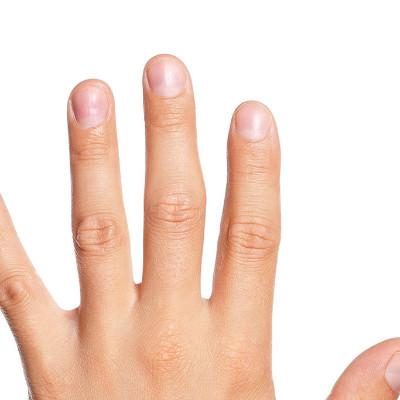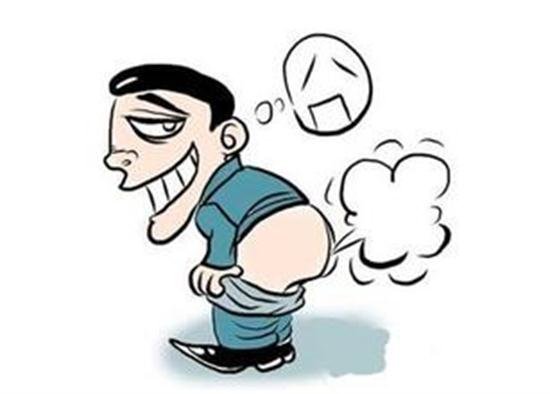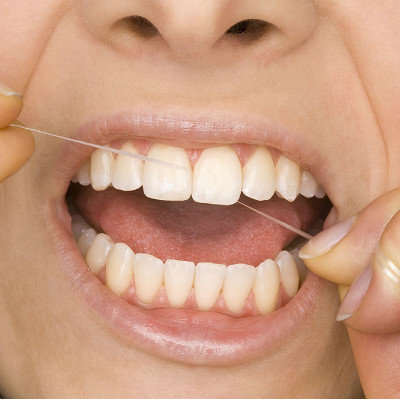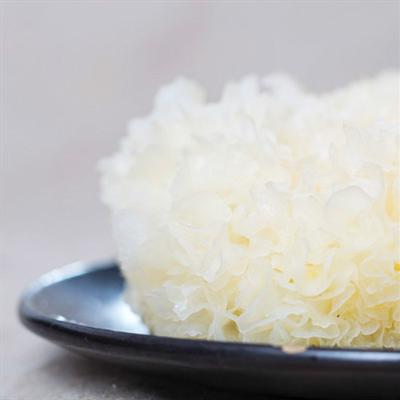How does darling mouth grow horse tooth to do
summary
The newborn or 1-2 months after birth, some in the gum edge of the oral gums or palatal crevices on both sides, will appear like millet or rice size white spherical particles, less than a few, more than 10, looks like a small tooth, people commonly known as "horse teeth", the following to share with you how to do baby mouth long horse teeth Knowledge.
How does darling mouth grow horse tooth to do
First: some babies at 4-6 weeks after birth, there are some yellow and white dots on both sides of the midline of the oral palate and the edge of the gingiva, which are very similar to the teeth that grow out. They are commonly known as "horse teeth" and are called epithelial beads in medicine. Epithelioid beads are formed by epithelial cells, which is a normal physiological phenomenon, not a disease.
Second: "horse tooth" does not affect the baby's milk and the development of deciduous teeth, it will gradually fall off within a few months after birth. Some babies may not be able to shed their "horse teeth" in time due to malnutrition, which is not a big obstacle. Most of the "horse teeth" can heal themselves without treatment (generally they should gradually disappear naturally after a hundred days), and do not need special treatment. So young parents don't need to panic too much.
Third: horse teeth usually fall off after 3 months, but most of them can recover by themselves, so parents don't need to pay much attention. But we should pay attention to that when the horse tooth breaks itself, we must immediately clean the baby's mouth, and then take the baby to the hospital for disinfection.
matters needing attention
In the neonatal gingival margin or maxilla, often can see some yellow and white sesame size pimples. It is caused by accumulation of epithelial cells or swelling due to retention and retention of mucous glands. * commonly known as horse teeth is a normal phenomenon, and it will disappear naturally in a few weeks or months.











